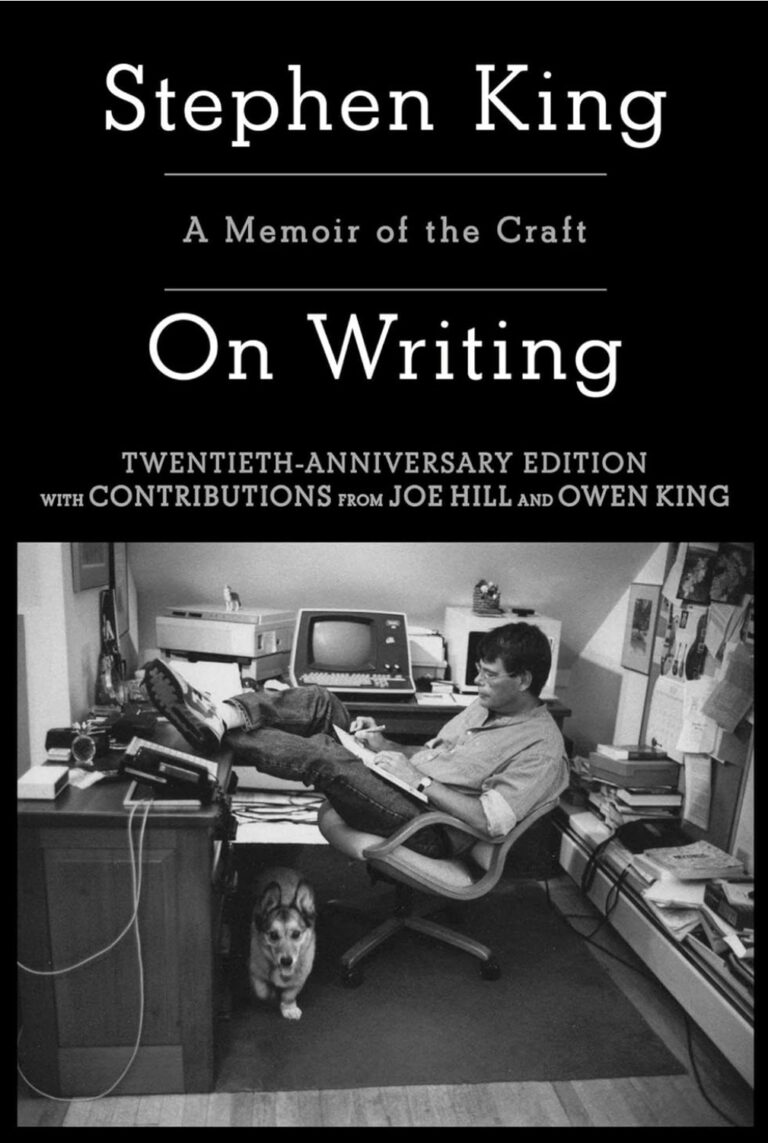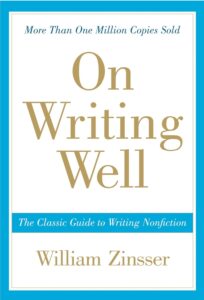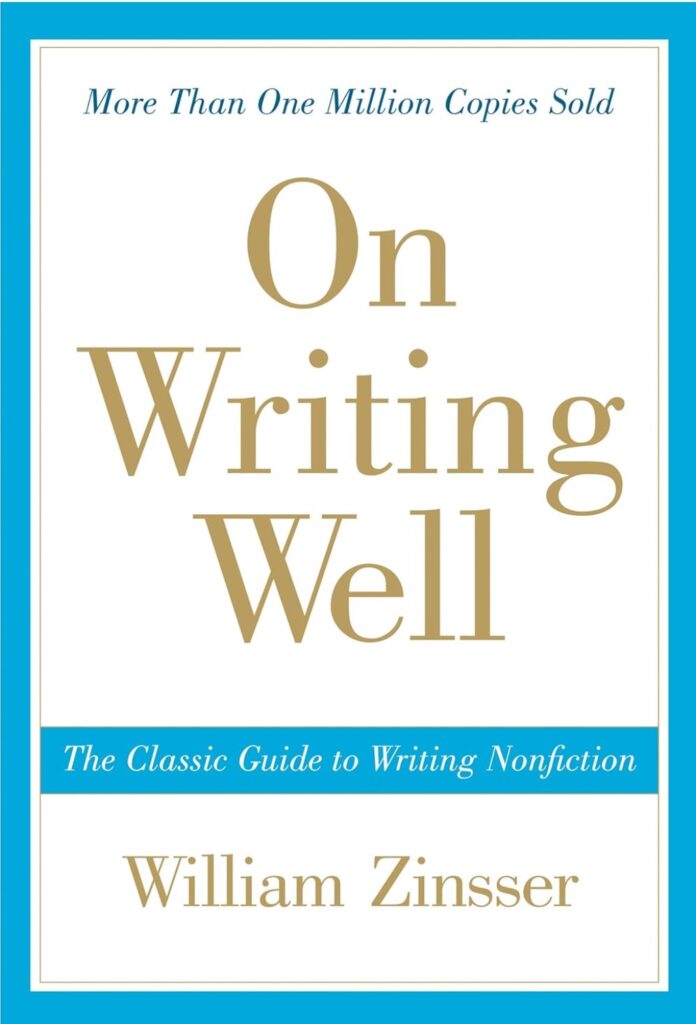Crafting dialogue that reveals vulnerability and honesty is essential for creating deep, relatable characters in romance stories. As an author who writes insta-love romances featuring aliens, paranormal creatures, and unusual scenarios, I’ve learned that authentic dialogue can significantly enhance the emotional connection between characters and readers.
In my experience, incorporating vulnerability and honesty into dialogue not only humanizes characters but also heightens the emotional stakes of the story.
I’ve found that using these elements effectively can transform a simple conversation into a powerful narrative tool. Here are some strategies and examples to help you master the art of showing vulnerability and honesty through dialogue.
Table of Contents
ToggleUnderstanding Vulnerability in Dialogue
What Is Vulnerability?
Vulnerability in dialogue refers to moments when characters expose their true feelings, fears, and insecurities. This openness allows readers to connect with them on a deeper level, as it mirrors real-life interactions and emotions.
Example of Vulnerability
In one of my alien romance novellas, the heroine, a human, confesses her fears to her alien lover:
Heroine: “I’m scared, you know. Scared that you’ll leave one day and never come back.”
Alien: “I understand. But I promise, no matter what happens, I’ll always find a way back to you.”
Here, the heroine’s confession and the alien’s reassuring response create an intimate moment that deepens their bond.
Techniques for Writing Vulnerability
To write vulnerable dialogue, focus on the character’s inner struggles and let them express these openly. Use pauses, hesitations, and softer tones to convey their emotional state. This not only makes the dialogue feel more realistic but also draws readers into the characters’ emotional world.
The Power of Honesty
Why Honesty Matters
Honesty in dialogue is crucial for building trust and authenticity between characters. When characters speak their truths, even if it’s difficult, it creates a foundation for a genuine connection.
Example of Honesty
In a story where a werewolf and a witch are falling for each other, an honest conversation brings them closer:
Werewolf: “I haven’t been completely honest with you. The truth is, every full moon, I lose control. It terrifies me.”
Witch: “Thank you for telling me. We’ll face it together. You don’t have to do this alone.”
The werewolf’s admission of his fear and the witch’s supportive response illustrate how honesty can strengthen their relationship.
Crafting Honest Dialogue
To write honest dialogue, ensure your characters are straightforward about their feelings and intentions. This can be challenging, as it requires characters to confront their vulnerabilities and share them with others. Use direct language and avoid beating around the bush to create impactful, honest conversations.
Techniques for Combining Vulnerability and Honesty
Building Emotional Depth
Combining vulnerability and honesty in dialogue adds layers to your characters and makes their interactions more compelling. This combination allows characters to reveal their deepest fears and truths, fostering emotional depth and resonance.
Example of Combined Vulnerability and Honesty
In a paranormal romance, a ghost confesses to his human love interest:
Ghost: “I’ve been wandering for centuries, but meeting you… it’s the first time I’ve felt alive in a long time. I’m afraid of losing you.”
Human: “I’m afraid too. But if we’re honest with each other, we can find a way to be together, no matter what.”
This dialogue shows both characters being vulnerable and honest, which heightens the emotional stakes and engages the reader more deeply.
Techniques for Integration
To integrate vulnerability and honesty in your dialogue, start by mapping out your characters’ emotional journeys. Identify key moments where they can reveal their inner struggles and truths. Use dialogue tags, body language, and pacing to enhance the emotional impact of these revelations.
Enhancing Tension Through Vulnerability and Honesty
Creating Conflict
Vulnerability and honesty can also be used to create tension and conflict. When characters are open about their feelings, it can lead to misunderstandings, confrontations, and emotional turmoil, which adds depth to the story.
Example of Tension
In a romance involving a vampire and a human, their honest conversation leads to a heated argument:
Vampire: “You don’t understand the darkness I live with. I’ve done terrible things.”
Human: “Then show me! Stop hiding behind your secrets and let me in.”
Vampire: “I’m trying to protect you. But maybe you’re right. Maybe I’m just a monster.”
The vampire’s vulnerability and the human’s demand for honesty create a charged, tense exchange that propels the narrative forward.
Writing Tension
To write tension-filled dialogue, focus on the stakes involved and the characters’ conflicting desires. Use short, sharp sentences to convey urgency and frustration. Allow characters to interrupt each other and raise their voices to reflect their heightened emotions.
Conclusion
In my experience, showing vulnerability and honesty through dialogue is a powerful way to develop rich, relatable characters and engaging narratives.
I’ve found that these elements not only deepen the emotional connection between characters but also add complexity and tension to the story.
By understanding and integrating vulnerability and honesty in your dialogue, you can create compelling, emotionally resonant scenes that captivate your readers.
Remember, the key is to let your characters be real, open, and true to themselves, even in the face of fear and uncertainty.
Practice these techniques, and watch your stories come to life with authentic, heartfelt dialogue.










































